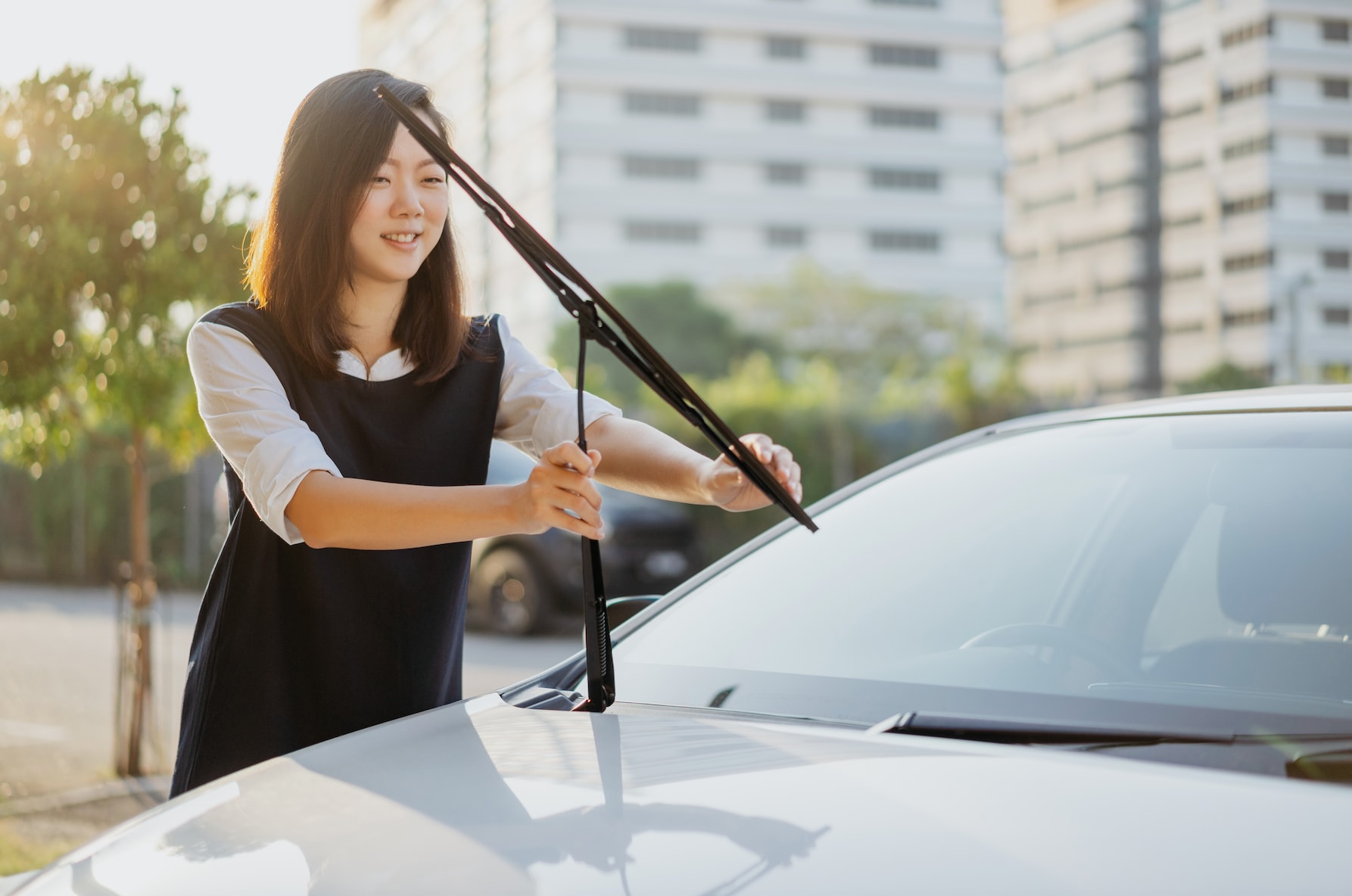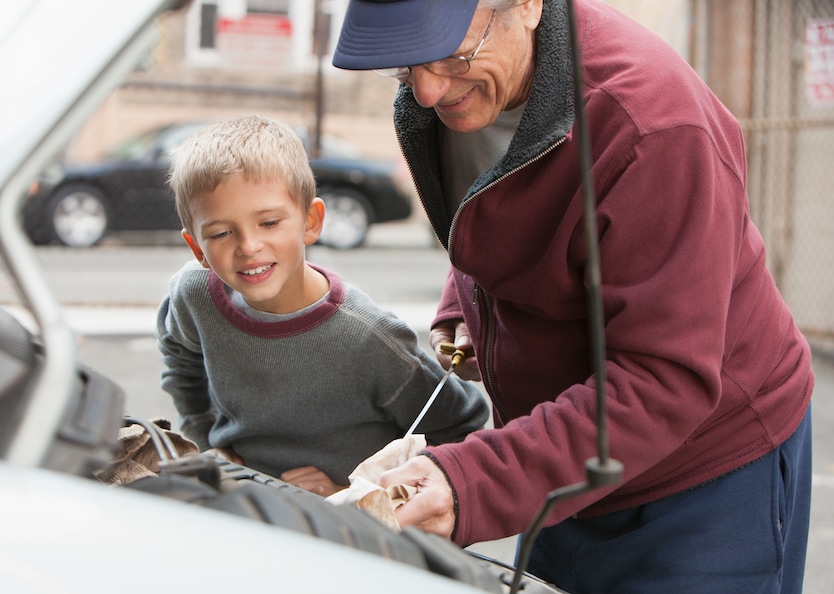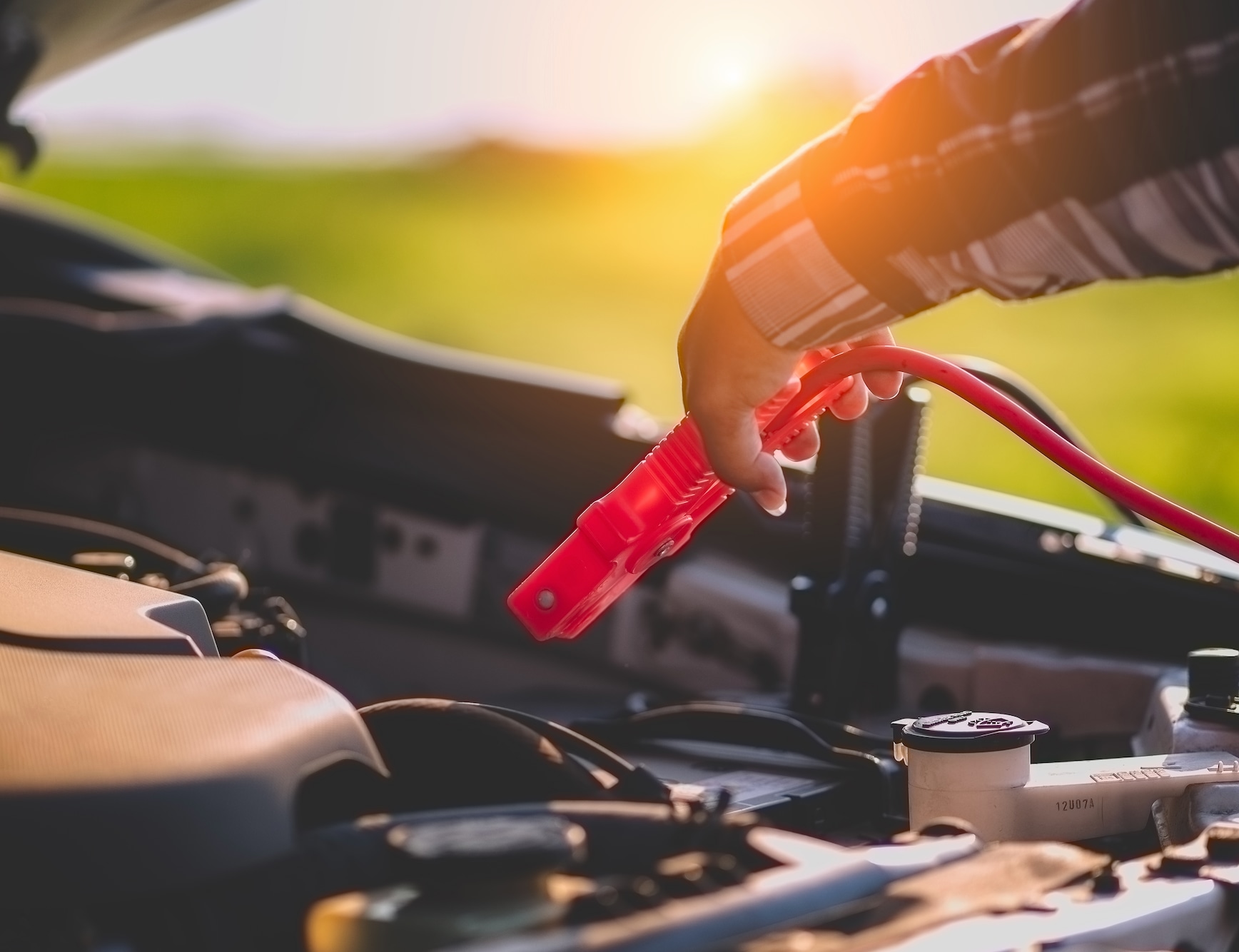Wrenching 101
Automobiles have come a long way over the past 100+ years and today's technology makes it easier than ever to keep your car on the road. But there are still basic things you need to know, whether you handle the work yourself, or take your car to your friendly Lithia Motors dealership for expert service.
This article will talk about simple stuff like checking your tire pressure and replacing your wiper blades, to checking your engine oil and other basic maintenance to keep your car, truck, or SUV on the road and running strong.






